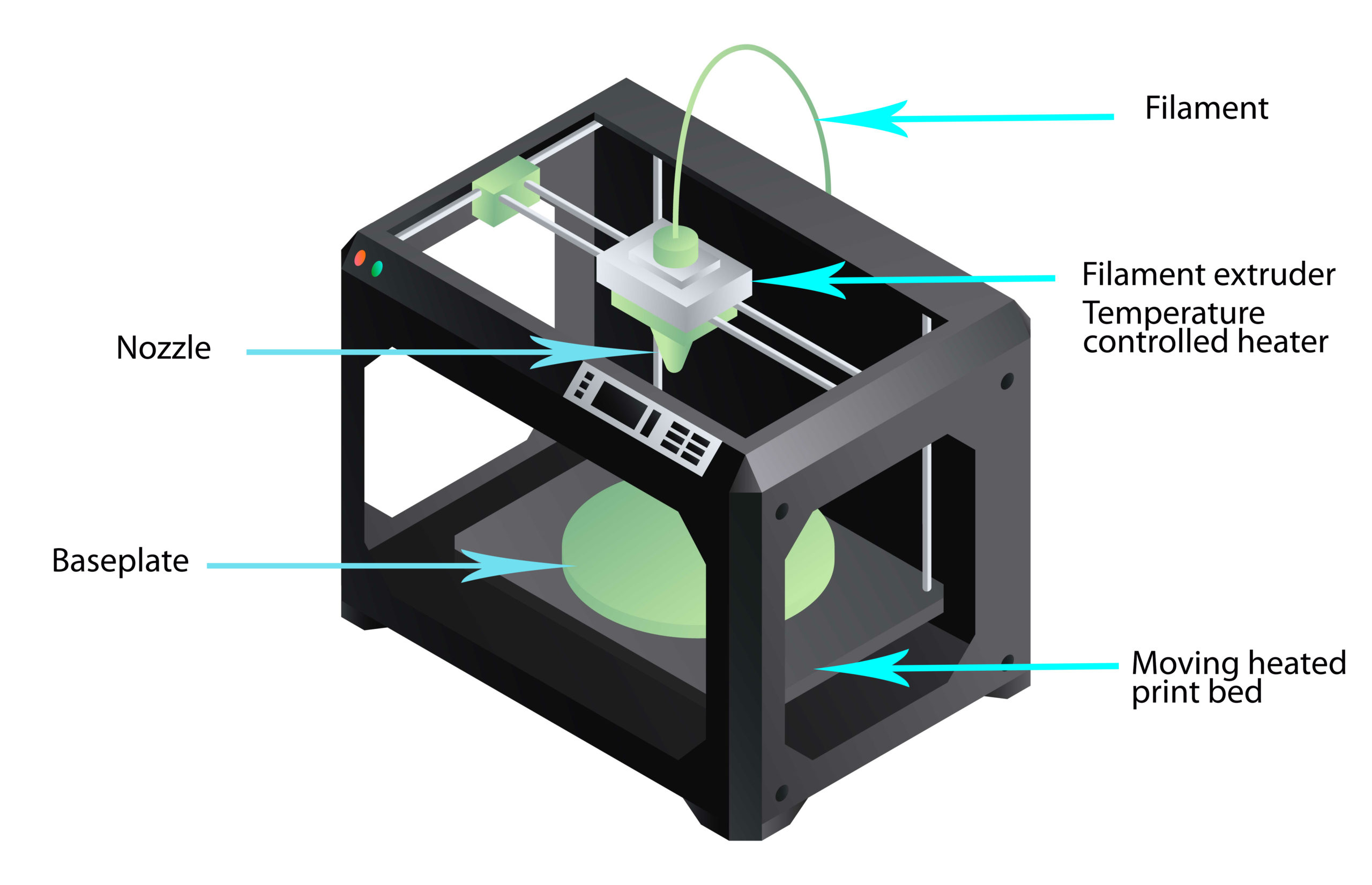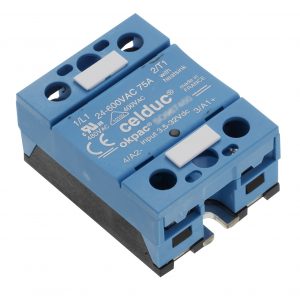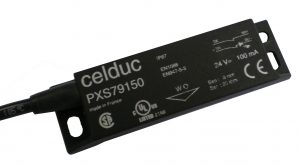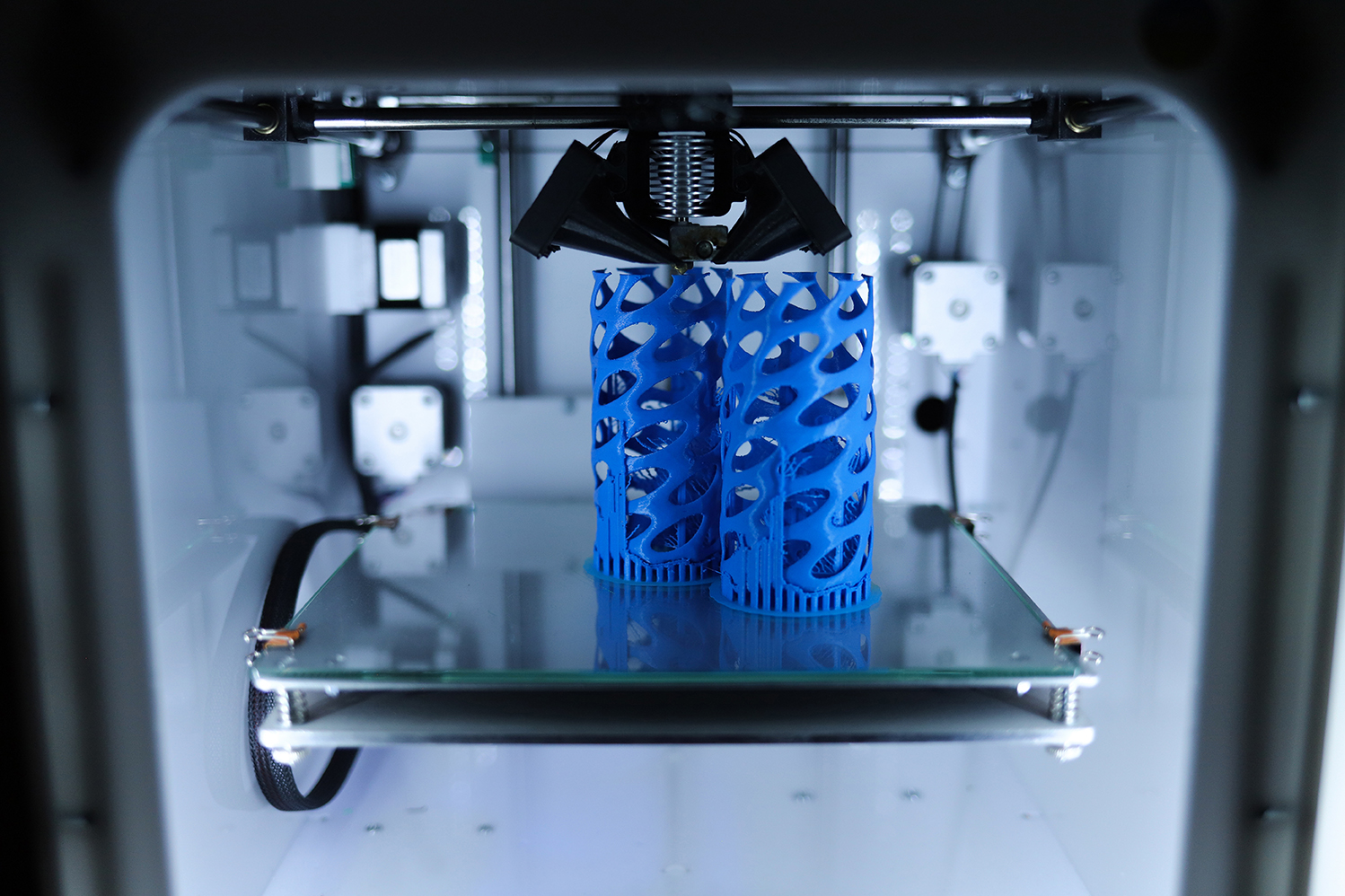Blog - OUR MARKETS - Our products in 3D printer applications
![]()
3D printing is a highly versatile method of production and rapid prototyping. Over the last few decades, applications for its use have expanded into many different industries around the world.
3D printing is part of a family of manufacturing technology called additive manufacturing. This describes the creation of an object by adding material to the object layer by layer. Throughout its history, additive manufacturing has gone by various names but 3D printing is the best-known.
Solid State Relays are used in this equipment and in this article we describe their use. Bur first let’s remind you how does a 3D printer work.
A 3D printer typically works by extruding a molten material through a nozzle that moves around precisely under computer control. It prints one layer, waits for it to dry, and then prints the next layer on top. The machine heats and extrudes filaments of thermoplastic materials to build parts layer by layer from the bottom up.
In the example below, a thermoplastic filament material is extruded through a temperature controlled nozzle and the material hardens immediately (within seconds) after extrusion.

1- Filament extruders turn granulated material pellets into 3D printable filament by melting the pellets into a molten substance and then feeding them through an output nozzle.
3D printers can use different materials (thermoplastic, carbon, glass fiber, …) and since each material has a different glass-transition temperature, every filament needs to be printed at a different temperature.
Solid State Relays are used for temperature control as you need an accurate temperature control at this stage of the process.
2- A Heated print bed makes the cooling process of 3D-printed materials more controlled allowing for better results. Heat beds prevent issues like poor adhesion to the print bed, poor adhesion between layers, thermal runaway and warping. Heat is regulated to a target temperature. celduc’s Solid State Relays designed for standard industrial loads AC-51 (our SO9 series), are used to control the heating temperature of the table on which the part is placed. It is important to maintain the set temperature to the heat beds.

3- In High temperature industrial 3D printing machines, celduc’s Safety sensors ( our PXS series) are used to ensure that the cover is down when the printer is operating.

In 3D printer applications, accurate temperature control is a critical requirement for success. As a result, Solid State Relays are used for both nozzle and bed temperature control.
At present, additive manufacturing is primarily used in rapid prototyping and design refinement. However, as the technology becomes more prevalent, economical, and reliable, it will soon be possible to additively manufacture everything from housing and food to medical products. This rapidly growing industry represents a booming market with great opportunities for celduc’s Solid State Relays and Sensors.
